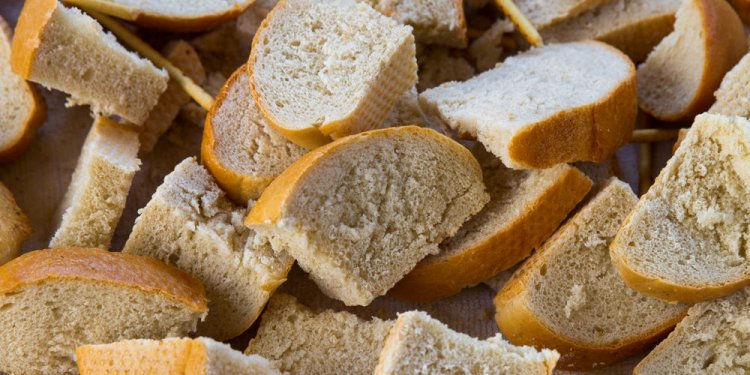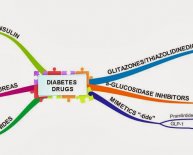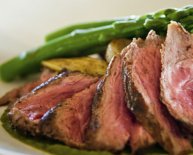
Good and bad carbs for Diabetic
Some meals make your blood sugar levels shoot up extremely fast. That is because carbs like refined sugars and bread are easier for your body to alter into glucose, the sugar your system uses for power, than more gradually digested carbs like those who work in vegetables and wholegrains. Eat most those effortless carbohydrates and you will have a hard time managing your blood sugar, even with insulin and diabetes medications.
The glycemic index provides ways to inform slower-acting "good carbs" through the faster "bad carbohydrates." You need to use it to fine-tune your carb-counting and help maintain your blood sugar more regular.
What Is the Glycemic Index?
Glycemic list is a number. It offers you an idea on how quick your system converts the carbs in a food into glucose. Two meals with similar level of carbohydrates have various glycemic index numbers.
Small the number, the less effect the foodstuff is wearing your blood sugar levels.
- 55 or less = minimal (good)
- 56- 69 = Medium
- 70 or maybe more = large (bad)
Search for the glycemic index regarding labels of packaged meals. You can also find glycemic index lists for common foods on the net. Harvard University has one with over 100. Or pose a question to your nutritionist or diet counselor.
Foods that are near how they're present nature generally have a lower glycemic index than refined and fast foods.
Glycemic Index Can Change
That number is a starting point in some recoverable format. It may be various on your own dish, according to several things.
Preparation. Fat, fiber, and acid (such as lemon juice or vinegar) lower the glycemic index. The longer you cook starches like pasta, the greater their glycemic index may be.
Ripeness. The glycemic list of fruits like bananas increases as they ripen.
Other foods consumed in addition. Bring down the overall glycemic index of dinner by incorporating a high-glycemic list food with meals having lower ones.
How old you are, how active you will be, and just how fast you digest meals additionally affect how the human body reacts to carbs. When you yourself have a diabetes complication labeled as gastroparesis, which delays your belly from draining, the body will absorb food alot more slowly.
The larger Photo: Glycemic Burden and good Diet
The glycemic list must not be the thing you consider when creating choices as to what for eating. The fact a food has actually the lowest glycemic list doesn't mean it is super-healthy, or that you ought to eat lots of it. Calories, vitamins, and nutrients will always be crucial.
Serving sizes matter, also. The more of whatever kind of carbs you eat, the more they're going to affect your blood glucose. That's what the glycemic load informs you. It really is lots you might see combined with the glycemic list in listings. Think of it whilst the glycemic index for a particular amount of that food.
Glycemic load makes it possible to account fully for the amount in addition to quality of your carbohydrates as well. Not as much as 10 is reasonable; more than 20 is high.
For an eating plan with a lower life expectancy glycemic load, consume:
- More wholegrains, peanuts, legumes, fresh fruits, vegetables without starch, and other meals with the lowest glycemic list
- Fewer meals with a higher glycemic index, like potatoes, white rice, and white breads
- Less of sugary foods, including candy, cookies, desserts, and sugary beverages
You are able to still eat meals with a high glycemic list. Only enjoy them in smaller portions, and offset them with nutritious, low-glycemic list foods once you do.
Resources
SOURCES:
American Diabetes Association: "Glycemic Index and Diabetes."
Oregon State University: "Glycemic Index and Glycemic Load."
Kirpitch, A. Clinical Diabetes, October 2011.
Joslin Diabetes Center: "The Glycemic Index and Diabetes."
Beth Israel Deaconess Clinic: "Minimal Glycemic Index Diet Programs."
Beth Israel Deaconess Infirmary: "Gastroparesis."

















